The EU single market has been established with a view to eliminate any obstacles for trade, business and living throughout the European Union. Single European market is one of the major factors making the whole EU a really strong and attractive project. By dismantling barriers to the movement of goods, this ambitious endeavor has invigorated commercial activities, boosting trade in goods and services.
Introduction of the EU Single Market was seen to boost intra-EU trade. At the same time, previous experience of the EU enlargement demonstrated that acceding to the EU both bolstered trade and economic growth for the new member states, and also positively influenced their more experienced the EU neighbors.
The free trade regime in force between the EU and Ukraine under the EU-UA Association Agreement (AA) has had a tangible outcome in the form of burgeoning trade between Ukraine and the EU. In the meantime, EU's exports to Ukraine have historically surpassed imports, with the EU exports amounting to €30.1 billion and imports totaling €27.6 billion from Ukraine in 2022. It can be expected that at the end of the war and the return to the normal functioning of the Ukrainian economy, the growth of trade between Ukraine and the EU would further accelerate. Ukraine has already proven itself as a reliable partner for the EU member states in crucial sectors such as agriculture, energy, and IT services. Further integration is expected to strengthen the competitiveness of both Ukraine and the EU.
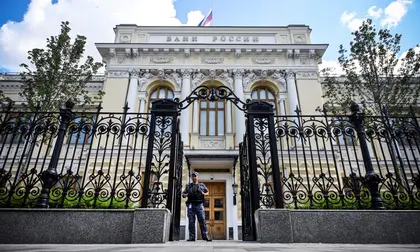
EU Agrees to Use Frozen Russian Assets to Arm Ukraine
Meanwhile, a recent UCEP study titled "Ukraine's Integration into the EU Internal Market in Wartime: Challenges and Opportunities" points out that the road to Ukraine's integration into the EU Single Market might become a time- and effort-consuming exercise. To integrate into the EU Single Market, Ukraine needs to implement almost all EU acquis with the exception of some political chapters. Since the enforcement of the Association Agreement in 2016, Ukraine has made significant progress by fulfilling 55% of its commitments, according to UCEP assessment. However, it is crucial to note that the AA encompasses merely a third of the vast body of EU legislation. Consequently, unless a tailored procedure is devised to expedite Ukraine's integration, the process may span across years.
Nonetheless, integration in some sectors can still be fruitful in the short term for enhancing trade between both sides. One of the main bottlenecks for EU-Ukraine trade is the transport infrastructure. While the full restoration of normal operations in Black Sea ports remains contingent upon Ukraine`s victory - strategic focus can be redirected towards the development of railway and logistics infrastructure in EU countries bordering Ukraine. Simplification of customs procedures on the EU-Ukraine`s border may be another means to foster cross-border trade.
With regard to facilitation of trade in industrial products, the Agreement on Conformity Assessment and Acceptance of Industrial Products (ACAA) is the next pivotal step. Shortly before the war the EU had already initiated an assessment mission to evaluate Ukraine's preparedness. Sustaining mutual efforts to secure an ACAA agreement within the first three priority sectors — low-voltage electrical equipment, electromagnetic compatibility of equipment, and machine safety — remains crucial.
Furthermore, deeper integration within the energy sector holds considerable promise. Following successful synchronization with the European Network of Transmission System Operators for Electricity (ENTSO-E), Ukraine started exporting electricity to the EU in summer of 2022. However, the extensive damage inflicted upon Ukraine's energy production, transmission, distribution, and storage facilities due to russian missile attacks has posed significant setbacks. Gradual restoration of the compromised energy infrastructure and capacity is underway, necessitating both international assistance and enhanced integration with EU energy markets. To this end, immediate expansion of cross-border interconnection points with neighboring member states has become an urgent imperative for development of electricity trade.
When trade disputes inevitably arise (like the recent ban on Ukraine`s grain in five EU countries), leveraging the AA/DCFTA as a mechanism for their effective resolution becomes vital. While Ukraine is not a member of the EU, there is no other tool except the AA/DCFTA for these purposes. Therefore, utilizing the Association Agreement will be a good way to retain and enhance mutual trust.
While complete integration of Ukraine into the EU Single market will not transpire instantaneously, several measures can already be undertaken to foster trade facilitation and pave the way for deeper integration between the EU and Ukraine. By embracing these proactive measures, both parties can lay a solid foundation for the realization of their shared economic aspirations.
You can also highlight the text and press Ctrl + Enter


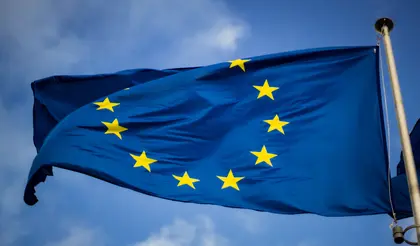
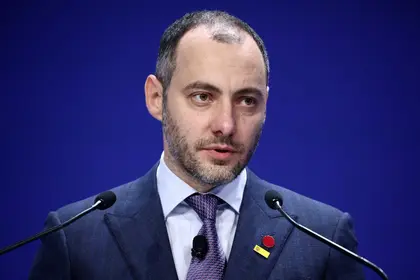
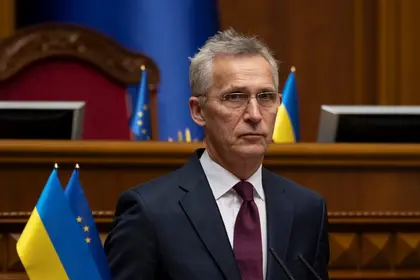
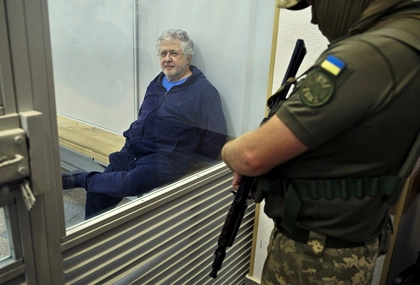
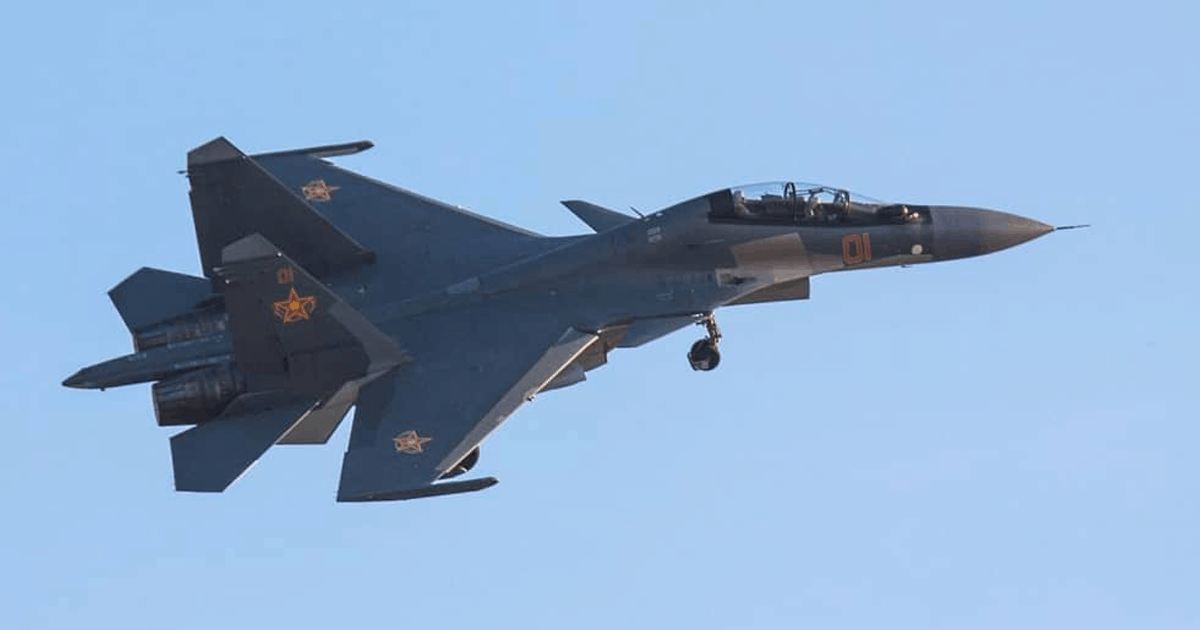
Comments (0)